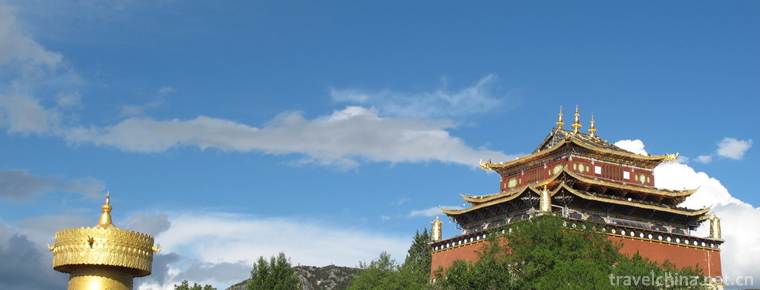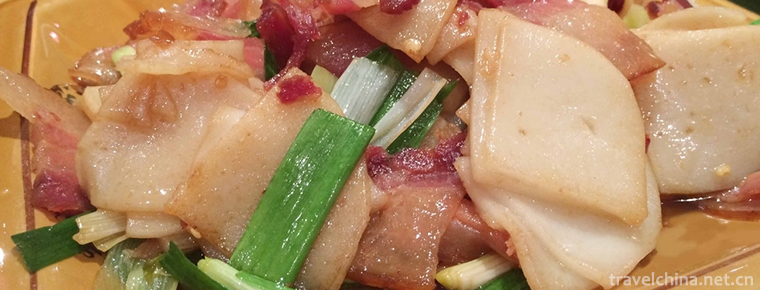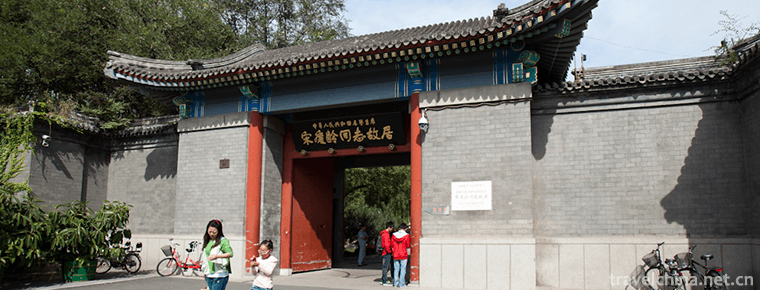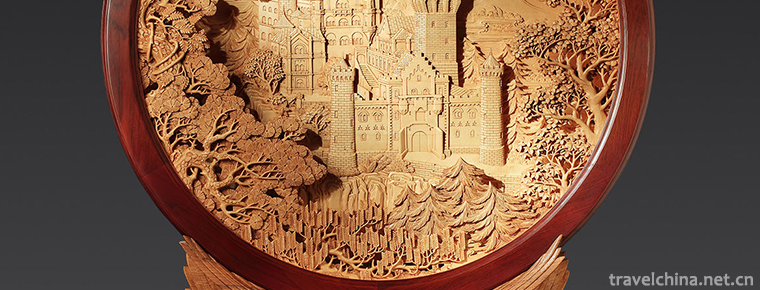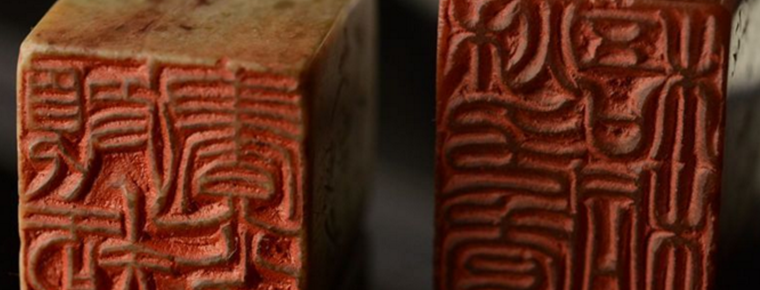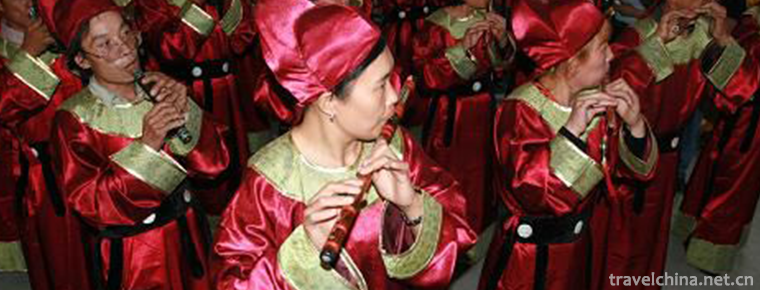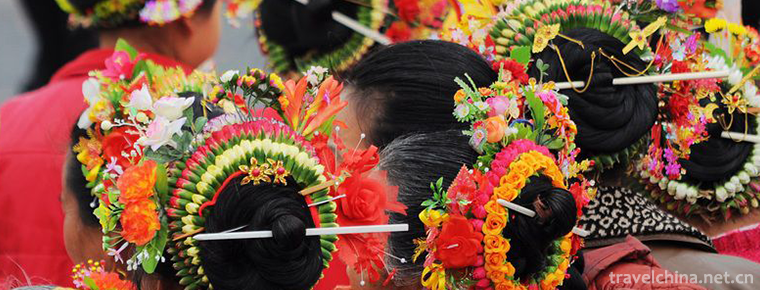Historical evolution of Meishan
Historical evolution of Meishan
The establishment of Meishan government began in the third year of Jianwu (496) of the Southern Qi Dynasty. Qitongzuo county was built in the south of Wuyang County, Qianwei county. In the ordinary period of Nanliang (520-527), qitongzuo county was renamed as Qitong County, and Qitong county was established with the same county.
In the second year of the Taiqing Dynasty (548), Qingzhou was set up, and Qitong county was governed by the state.
In 553, Qingzhou was changed to Meizhou, governing Qitong county and Qingcheng county.
In 558, the second year of Ming emperor of the Northern Zhou Dynasty, Qitong county was abolished and Anle county was established. Today, Dongpo town is still under Meizhou. In the first year of Jiande (572), Meizhou was changed into Qingzhou. In the first year of Dacheng (579), Qingzhou was changed into Jiazhou.
Sui kaihuang three years (583 years), the abolition of the state. In the second year of Daye (606), Jiazhou was changed to Meizhou, and Tongyi county (today's Dongpo town) was moved. After the withdrawal of the state to build Meishan County, the county governs Longyou, which is now the Shizhong District of Leshan City.
In 618, Meishan County was changed to Jiazhou. In the next year, Meizhou was divided from Jiazhou into five counties, namely Tongyi, Danling, Hongya, Nan'an (now Jiajiang) and Qingshen, belonging to Jiannan road and governed by Tongyi county. In the first year of Tianbao (742), Meizhou was abolished and Tongyi county was established. In the first year of Qianyuan (758), Tongyi county was abolished and Meizhou was restored, belonging to Xichuan, Jiannan road.
In the first year of Taiping Xingguo in Song Dynasty (976), Tongyi county was renamed Meishan County, belonging to Meizhou, Xichuan road. State led Meishan, Pengshan, Danling, Qingshen four counties.
In 1277, Meizhou belonged to Jiading road. In the past 20 years, Meishan County was abolished and governed by the state. At the same time, Danling county was incorporated into Meizhou.
In 1376, Meizhou was reduced to Meixian County under the jurisdiction of Jiading Prefecture. The next year, Pengshan and Danling were merged into Meixian County, and Qingshen was merged into Jiazhou. In the 13th year, Meixian County was promoted to Meizhou, which was directly under the administrative department of Sichuan Province. Meishan County was still governed by the prefecture, leading three counties: Danling, Pengshan and Qingshen.
In the second year of the Republic of China (1913), Meizhou was abolished and Meishan County was restored. The next year, it belonged to Jianchang road. From 1928 to 1929, Daoism was abolished. In 1935, the fourth administrative supervision district of Sichuan Province was established. Meishan County seat was set up in the office of the Commissioner, which governs 10 counties including Meishan, Pengshan, Danling, Qingshen, Jiajiang, Hongya, Dayi, Qionglai, Pujiang and Mingshan.
After liberation, in January 1950, Meishan district was set up, and Meishan County was set up in the office of the Commissioner. It belongs to the Western Sichuan administrative office and governs 10 counties, which is the same as the fourth administrative supervision area before liberation. After that, Dayi was divided into Xinjin. Meishan district was abolished on March 5, 1953, and Meishan County was put under the jurisdiction of Leshan district. In 1959, Pengshan, Qingshen and Meishan were merged into one county, called Meishan County. In November 1962, the two counties resumed the county system. In 1968, Meishan County was located in Leshan District, and in 1985, it was under the jurisdiction of Leshan City.
In August 1997, Meishan district was established and Meishan County was changed to be under the jurisdiction of Meishan district.
In December 2000, the original Meishan County was changed to Dongpo District.
In October 2014, the State Council agreed to abolish Pengshan County and establish Pengshan District of Meishan City. The former administrative area of Pengshan County is the administrative region of Pengshan district. The people's Government of Pengshan district is located at No. 98, West Street, Fengming town.

Historical evolution of Meishan
-
Dukezong Ancient City
The ancient city of dkkzong is the best preserved and largest Tibetan residence in China
Views: 224 Time 2018-10-20 -
QomolangmaEverest
Mount Qomolangma (Mount Qomolangma) is the main peak of the Himalayas and the highest mountain in the world. It is located on the border between China and Nepal. The peak is located in China
Views: 307 Time 2018-10-30 -
Fried the bait
Fried the bait/Great rescue is a famous traditional snack in Tengchong County, Yunnan Province.
Views: 248 Time 2018-11-27 -
Memorial of Song Qinglings Former Residence in Shanghai
Song Qingling's former residence in Shanghai is the place where Song Qingling lived and lived for a long time. Qingling came to live here in the spring of 1949 and ushered in the liberation of Shangha
Views: 217 Time 2019-02-13 -
Legend of Filial Women in the East China Sea
The filial woman in the East China Sea is an ancient folklore story. Her real name is Zhou Qing. It comes from Biographies of LieNu and Biographies of Yu Dingguo.
Views: 158 Time 2019-04-27 -
Dongyang wood carving
Dongyang woodcarving, one of the Chinese folk carving arts, is named for its origin in Dongyang, Zhejiang Province. Dongyang woodcarving, together with Qingtian stone carving and Huangyang woodcarving
Views: 283 Time 2019-04-27 -
Jinshi seal carving
Epigraphic seal carving is an ancient Chinese traditional arts and crafts, which belongs to an important part of Chinese stone culture. As the birthplace of inscription, Xiling Seal Press has been lis
Views: 320 Time 2019-05-07 -
Music of Lantian Puhua Water Club
Lantian Puhua Water Concert Music is a kind of folk blowing music which has been circulated in Puhua Town of Lantian County, Shaanxi Province for more than 1000 years
Views: 450 Time 2019-05-11 -
Dough Flowers
Flower, commonly known as "flower bun", belongs to the art of facial sculpture. There are weddings, funerals, birthday gifts, Festival buns. Flowers are made of ordinary flour and special fl
Views: 113 Time 2019-06-05 -
Sigangli
Lincang City is located in the southwest of Yunnan Province, which is adjacent to the west, southwest of Yunnan and Myanmar. It has jurisdiction over one district, four counties and three autonomous c
Views: 152 Time 2019-06-16 -
The Custom of Hupu Women
Hupu women's custom is a traditional folk custom in Quanzhou City, Fujian Province. Hupu women are mainly distributed in the communities of Hupu, Jinzai, Houpu and Dongmei in Donghai Street, Fengze Di
Views: 214 Time 2019-07-09 -
Yibin local specialty
The production of bamboo spring, bamboo carving and bamboo weaving in Yibin city began in Yuan and Ming Dynasty, with excellent materials and local characteristics and life interests. Therefore, he became famous both at home and abroad and entered the court many times.
Views: 420 Time 2020-12-18
